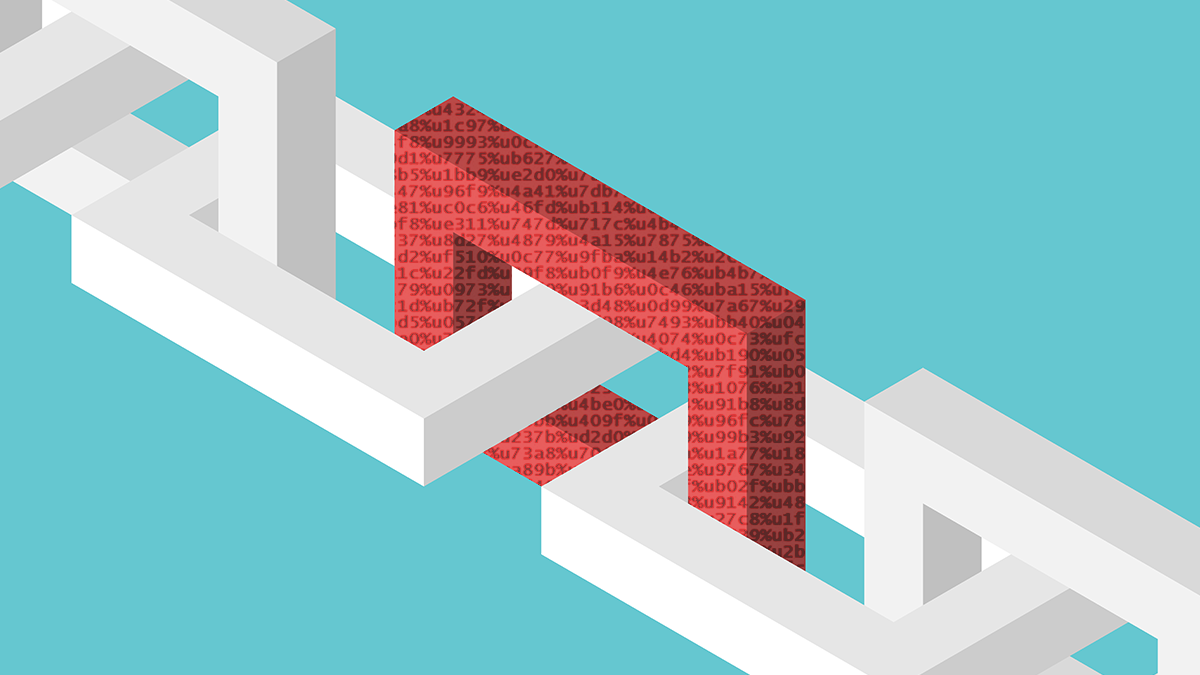


While open source software can seem enticing for its low or non-existent upfront costs, proprietary software generally comes ready for use the moment you purchase it. The option best fit for your organization must be evaluated on a case-by-case basis instead of taking a one-size fits all approach. There’s simply too much complexity in each software to decide one option is always better than the other.
| Pros | Cons |
| Easy to alter for your specific use caseRarely requires licensing feesCommunity of developers aid in the creation of the projectLikely has add-ons to tailor the product to your needs | High possibility of bugsLack of accountability in the creation of the softwarePotential security threatsLack of customer support |
As the name implies, open source software makes the source code readily available for anyone to utilize. This means anyone can install the software, generally for free, and use it however they wish. You can make changes to how the software operates, fix bugs, or just about anything else.
Most open source software includes their users in their development process to create a collaborative product. This allows open source software to have a wide range of developers working on their code at once without having to hire developers. It also ensures the product fulfills the actual needs of their users instead of what the organization thinks their users need.
One of the huge benefits of open source software comes from these contributors. Oftentimes they create add-ons to the program to tailor it to specific use cases making it seem as though it was built specifically for you. However, these add-ons can easily contain bugs and security threats if an inexperienced developer creates them.
An example of an open source software almost everyone recognizes is the Linux operating system. The operating system allows their users to alter it based on how they intend to use it for a seamless experience regardless of the use case.
| Pros | Cons |
| Customer supportExtensive testing prior to releaseUsually free of bugs and security threatsAccountability from the company that released the softwareGenerally easier to use | Expensive licensing feesGenerally cannot alter the source codeLack of influence on new features that get developed |
Proprietary software includes all software where the software developer maintains all intellectual property rights for the software. It also goes by the name of closed source software since the source code is almost never shared with the public. To use proprietary software, you generally must purchase a licensing agreement from the organization that created the software.
When using proprietary software, you can almost guarantee the product went through extensive testing prior to release. This prevents bugs and security threats that can plague open source software. However, it does come at a cost which you pay through their licensing fees.
Most of the time, proprietary software comes with a simpler user interface than an open source counterpart. This interface makes it easier to utilize the full capabilities of the software with minimal expertise while an open source software can require specific coding experience to even use it.